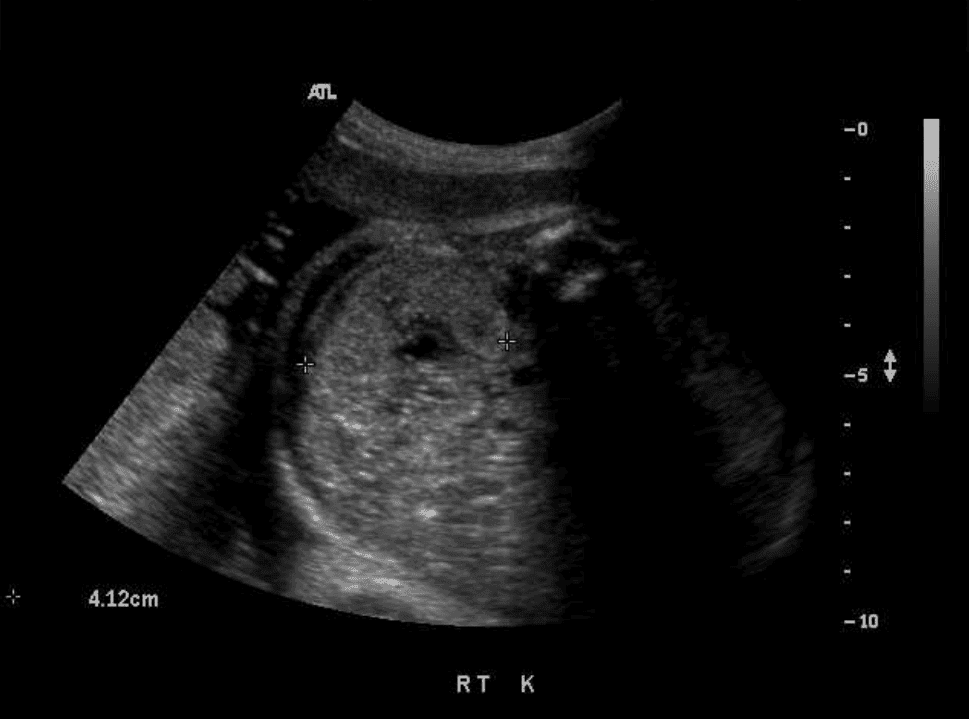
Echogenic Fetal Kidneys: Differential Diagnosis and Postnatal Outcome
0% Complete
Course Overview
This course provides a detailed exploration of echogenic kidneys in both fetal and neonatal cases, focusing on identification and differentiation of normal and abnormal renal echogenicity. Participants will learn to assess renal size, architecture, corticomedullary differentiation, and associated abnormalities to narrow down potential diagnoses. The curriculum covers a wide range of conditions, including polycystic kidney disease such as autosomal dominant and autosomal recessive forms, fetal obstructive uropathy, aneuploidy, congenital infections, overgrowth syndromes like Beckwith-Wiedemann, Perlman, and Simpson-Golabi-Behmel, and congenital nephrotic syndrome. The course emphasizes the pathophysiology, genetic implications, and prenatal and postnatal diagnostic techniques for these conditions. Attendees will gain insights into the stages of renal vein thrombosis and its clinical presentation, as well as the impact of conditions such as oligohydramnios and placentomegaly. Designed for healthcare professionals, this program equips participants with practical skills through case studies, imaging analysis, and advanced diagnostic approaches to improve patient care and outcomes.
Objectives
After completing this activity, the participant will:
Describe the normal appearance of the fetal kidneys.
Identify causes of and fetal prognosis when echogenic kidneys are detected.
Improve patient management through ultrasound detection on echogenic fetal kidneys.
Target Audience
Physicians, sonographers, and others who perform and/or interpret obstetrical ultrasound.
Faculty & Disclosure
Faculty
Lyndon M. Hill, MD
Professor of OB-GYN
Medical Director Ultrasound
Magee Women's Hospital
Pittsburgh, PA
Disclosure
In compliance with the Essentials and Standards of the ACCME, the author of this CME tutorial is required to disclose any significant financial or other relationships they may have with commercial interests. Dr. Lyndon Hill discloses no financial interests with commercial interests. No one on IAME staff who was in control of content in this program has any relationship to commercial supporters.
Credits
* AMA PRA Category 1™ credits are used by physicians and other groups like PAs and certain nurses. Category 1 credits are accepted by the ARDMS, CCI, ACCME, and Sonography Canada.
Course Details
Accreditation
The Institute for Advanced Medical Education is accredited by the Accreditation Council for Continuing Medical Education (ACCME) to provide continuing medical education for physicians.
The Institute for Advanced Medical Education designates this enduring material for a maximum of 1 AMA PRA Category 1 Credit™.
Physicians should only claim credit commensurate with the extent of their participation in the activity. Sonographers: These credits are accepted by the American Registry for Diagnostic Medical Sonography (ARDMS), Sonography Canada, Cardiovascular Credentialing International (CCI), and most other organizations.
-5.webp&w=3840&q=75)
